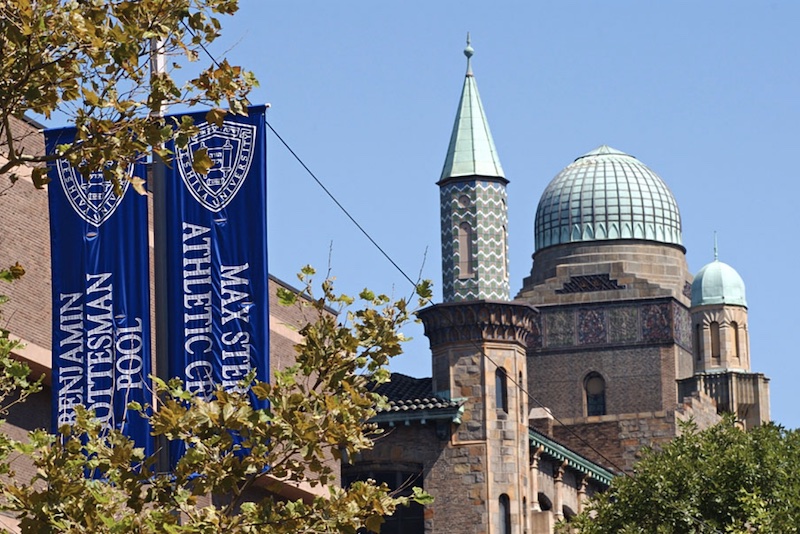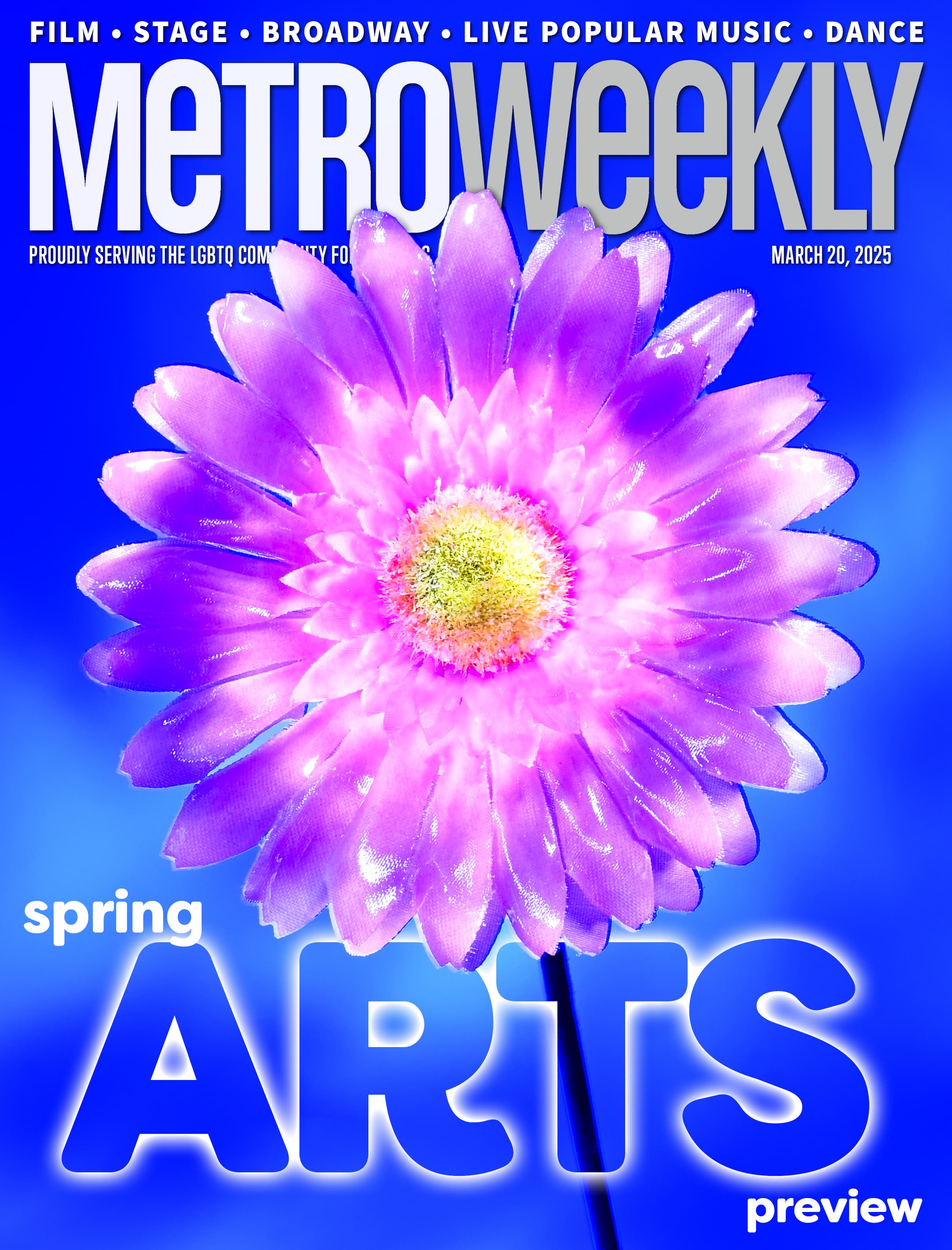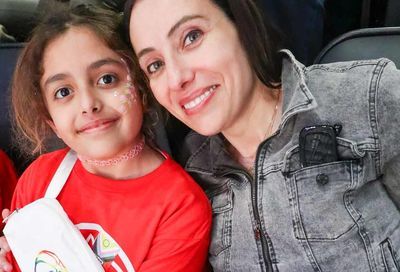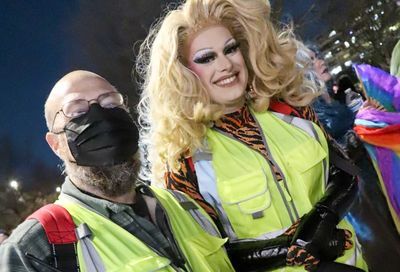Oscars will require more LGBTQ actors for Best Picture nominees
96th Academy Awards will require Best Picture nominees to meet at least two diversity standards, including more LGBTQ narratives and cast members

The Oscars has introduced major changes for future Best Picture nominees, requiring greater LGBTQ representation both in the narratives depicted and in those working in front of and behind the camera.
According to Variety, new rules released on Tuesday require producers to make diversity and representation a priority for future productions by hiring more LGBTQ people, women, people of color, and those with cognitive or physical disabilities.
The Academy of Motion Picture Arts and Sciences stated that the new standards will come into effect for the 96th Academy Awards, in 2024. (The 94th and 95th ceremonies will instead require potential nominees to submit confidential Academy Inclusion Standards forms.)
For a film to be included in the Best Picture category in 2024, it must meet at least two of the Academy’s four new standards.
The first standard deals with the content and casting of films, and mandates that studios cast at least one of the film’s lead actors or a significant supporting actor from an underrepresented racial or ethnic group, including “Asian, Hispanic/Latinx, Black/African American, Indigenous/Native American/Alaskan Native, Middle Eastern/North African, Native Hawaiian or other Pacific Islander, or other underrepresented race or ethnicity.”
Alternatively, at least 30% of actors in secondary or minor roles must be from “at least two of the following underrepresented groups: Women, Racial or ethnic group, LGBTQ+, People with cognitive or physical disabilities, or who are deaf or hard of hearing,” the Academy said.
Or, the “main storyline(s), theme or narrative of the film” must be “centered on an underrepresented group(s),” including those groups listed in the second category.
The second standard highlights hiring practices for Best Picture nominees, requiring at least two creative leadership positions and department leads to include LGBTQ people, women, a person from an underrepresented racial or ethnic group, or a person with a disability.
Alternatively, this standard could be met with six other crew and technical positions featuring representation, or at least 30% of the film’s overall crew.
The third standard is related to industry access, requiring paid apprenticeships, interns, and work opportunities and training for members of underrepresented groups. The fourth standard mandates that the studio behind the film “has multiple in-house senior executives” from underrepresented groups.
By meeting at least two of these standards — such as featuring an LGBTQ narrative and by hiring more LGBTQ people to work at the studio — a film can be considered for Best Picture.
“The aperture must widen to reflect our diverse global population in both the creation of motion pictures and in the audiences who connect with them,” Academy President David Rubin and Academy CEO Dawn Hudson said in a joint statement. “The Academy is committed to playing a vital role in helping make this a reality.”
The changes come after the Academy has faced repeated criticism for the lack of diversity in its nominees, including the infamous #OscarsSoWhite backlash in 2016, in which the acting categories were entirely comprised of white actors.
The following year, coming-of-age LGBTQ drama Moonlight won Best Picture, Best Supporting Actor for Mahershala Ali, and Best Adapted Screenplay for director Barry Jenkins and Tarell Alvin McCraney.
Related: Amazing Grace: Moonlight (review)
Read more:
‘Fun City’ review: Bright Light Bright Light’s brilliant tribute to queer people and spaces
A Trump rally speaker called for pro-LGBTQ Democrats to be murdered. People cheered.
Anthony Rapp sues Kevin Spacey for sexual misconduct over alleged 1980s assault
Support Metro Weekly’s Journalism
These are challenging times for news organizations. And yet it’s crucial we stay active and provide vital resources and information to both our local readers and the world. So won’t you please take a moment and consider supporting Metro Weekly with a membership? For as little as $5 a month, you can help ensure Metro Weekly magazine and MetroWeekly.com remain free, viable resources as we provide the best, most diverse, culturally-resonant LGBTQ coverage in both the D.C. region and around the world. Memberships come with exclusive perks and discounts, your own personal digital delivery of each week’s magazine (and an archive), access to our Member's Lounge when it launches this fall, and exclusive members-only items like Metro Weekly Membership Mugs and Tote Bags! Check out all our membership levels here and please join us today!

























You must be logged in to post a comment.